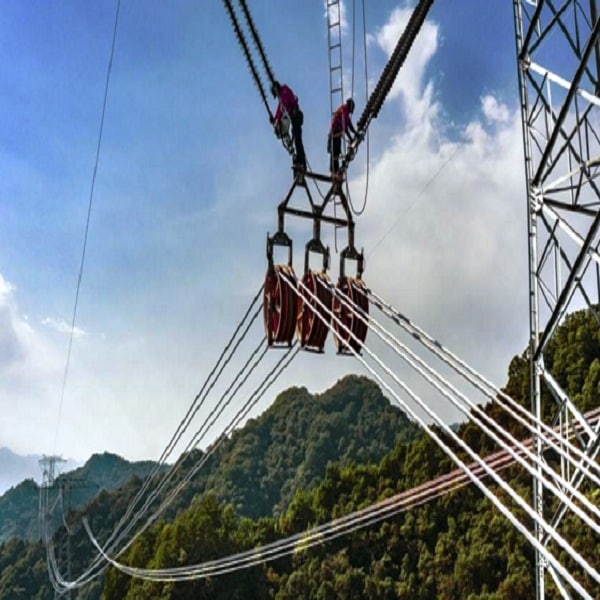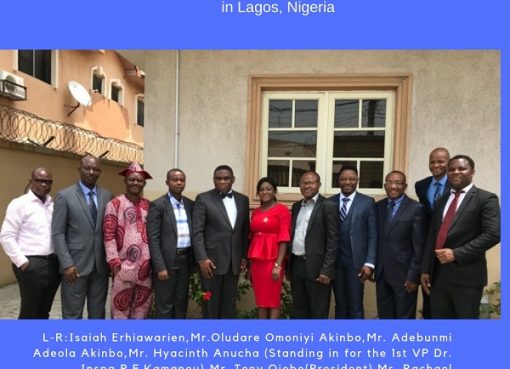China’s huge Belt-and-Road Initiative (BRI) looks likely to improve electricity grids throughout Asia. The investment by the Chinese government of an estimated $1.5tn economic policy, starting in 2013, has the objective of creating maritime trade routes across the world and investing in infrastructure projects in dozens of countries. The projects include ports, railways, pipelines, electricity grids and other large infrastructure projects.
In 2019 Chinese media reported 170 memoranda of understanding with 125 countries participating in the project in one way or another.
China has been upgrading its electricity grids, as well as building and improving grids in countries along the route of the BRI. Many of these countries are “low-income” countries – that is underdeveloped with many poor people. The benefits of electricity and better transport links will be a considerable improvement in their standard of living. According to a World Bank research report, the BRI will help move 7.6 million people out of extreme poverty and 32 million people out of relative poverty as the project progresses.
UHVDC to the Forefront
China still relies heavily on coal-fired power plants, and 75 per cent of them are in the far north and north-west of the country. Almost all of China’s hydroelectric capacity is in the south-west. However, the most populated areas are in the east where cities like Shanghai and Beijing are located. To accommodate the constant demand for power from China’s expanding cities and the new developments of the BRI, China has built more Ultra High Voltage Direct Current (UHVDC) transmission lines than anyone else in the world. These transmission lines use 1100kV instead of 800kV which is a significant technological step up.
“An example is the bushing when going from 800kV DC to 1,100kV, which is only 300kV so it doesn’t sound like much but that’s resulted in wall bushings that are 40% longer and three times heavier than at 800kV, so it’s not just an electrical problem, it’s a mechanical, structural issue as well,” says Ryan Ladd of ABB, one of the companies involved in supplying the project.
UHVDC networks allow for electric power to be distributed over long distances. This can help utilize renewable sources, particularly if they have excess power, and another locality cannot meet its demand.
Chinese President Xi Lingping proposed Global Energy Interconnection in 2015 at the United Nations Sustainable Development Summit, as a way to meet the developing world’s demand for power.
Grid Linkage to Other Countries
Interconnectors linking the Chinese grid with other countries power would help them economically, while of course allowing China increased geopolitical weight in those countries.

The development of these power lines will be beneficial for many people. There is a great need for electricity in rural areas for home use, health centers and education establishments, as well as commercial use: shops, manufacturing facilities and other economic activities. China makes a great play of its green commitments in the BRI, but it is still one of the world’s worst emitters of CO2e, so there is a contradiction there which is difficult to resolve. China is about to release its 14th Five Year Plan and observers will be interested to see what direction that takes, whether building more UHVDC transmission lines, renewable projects, or coal-fired power plants.
Source: energycentral










